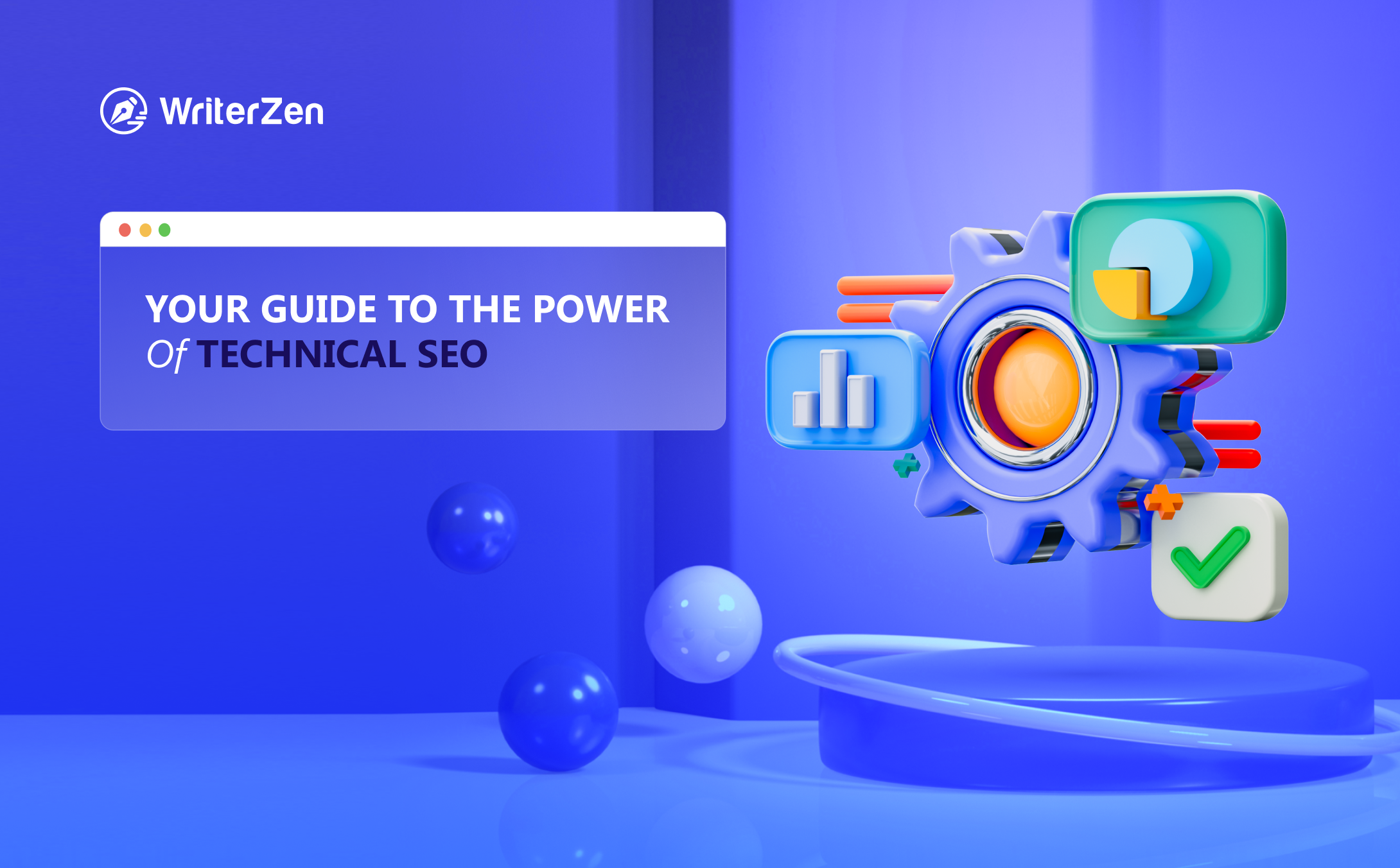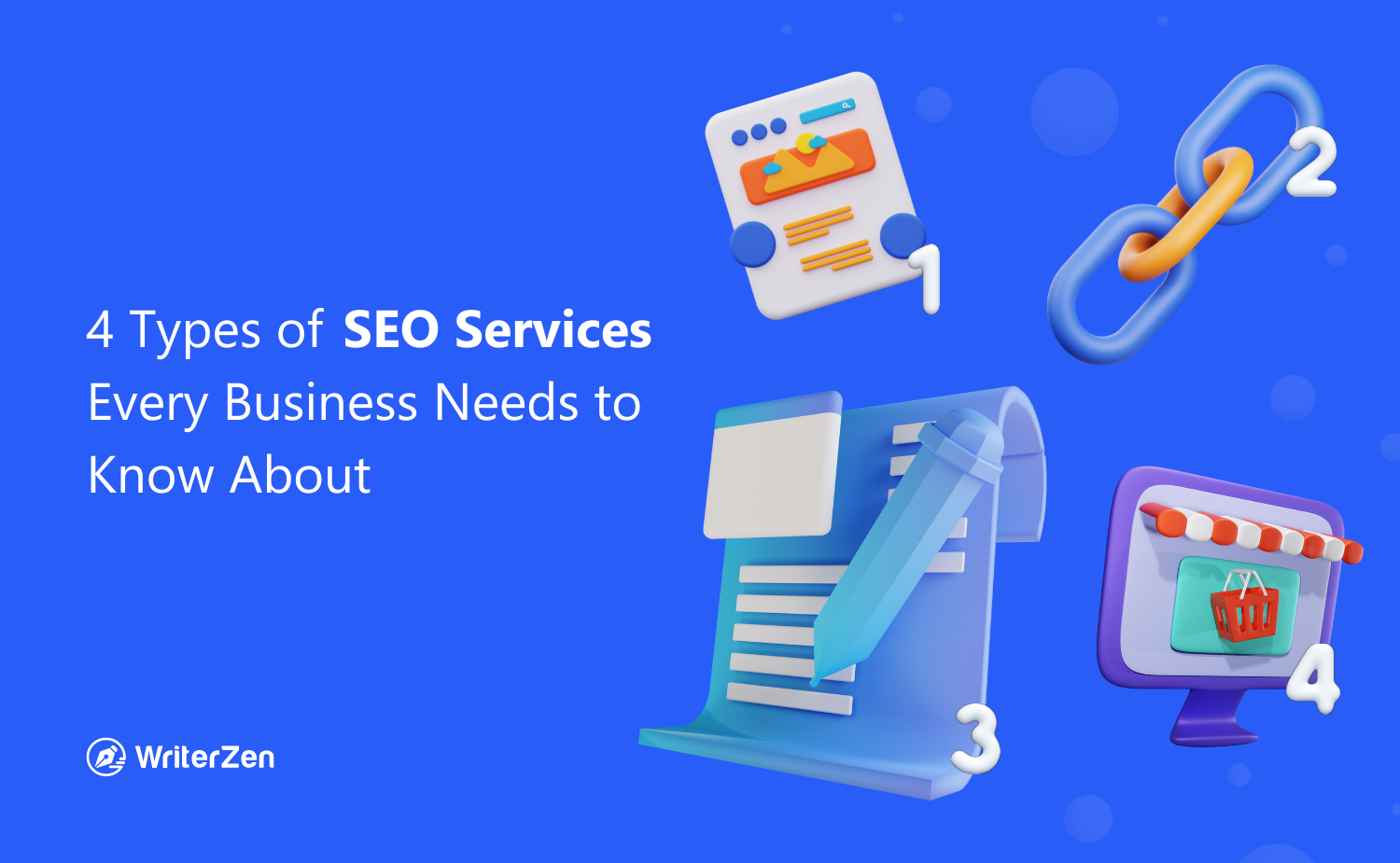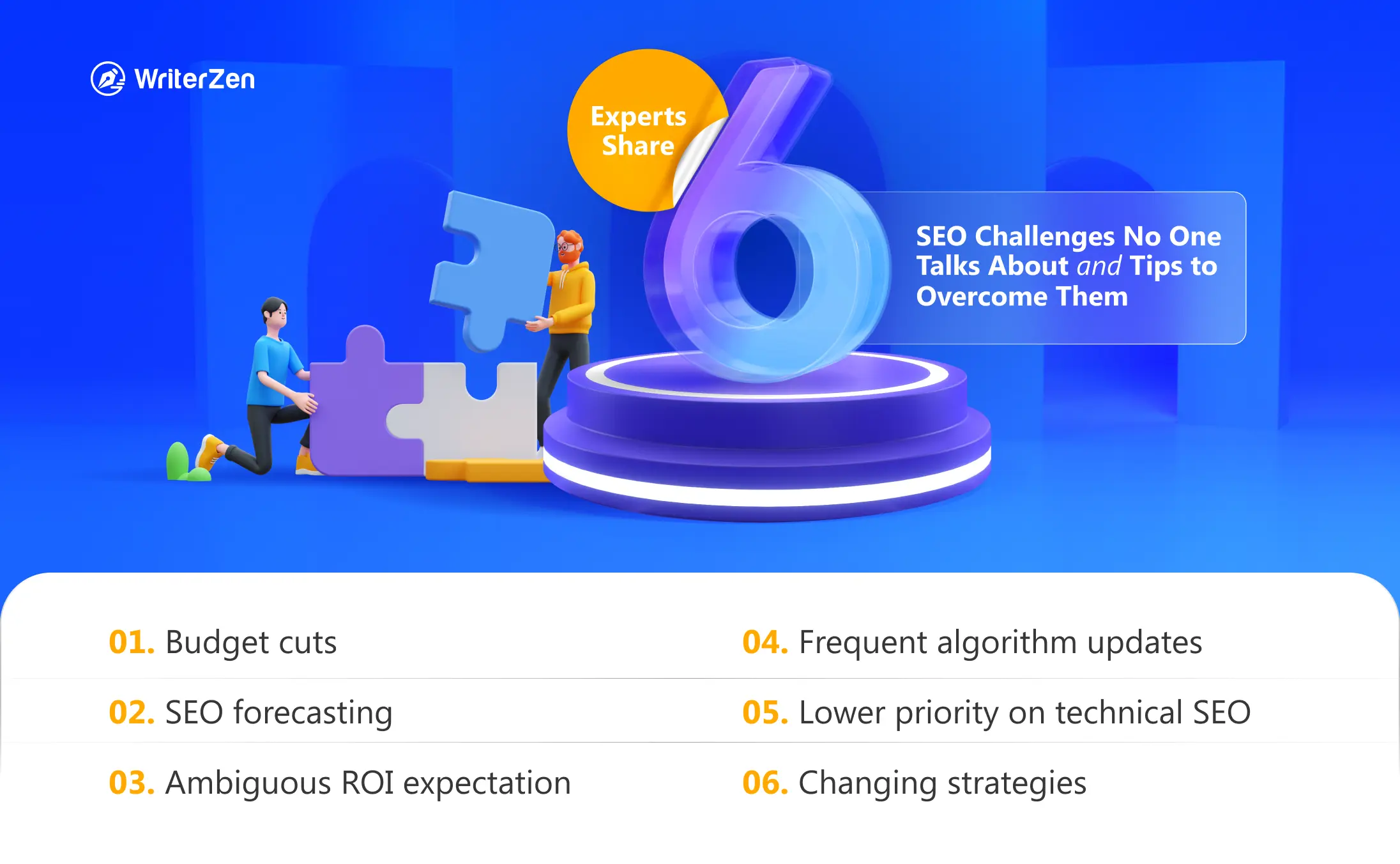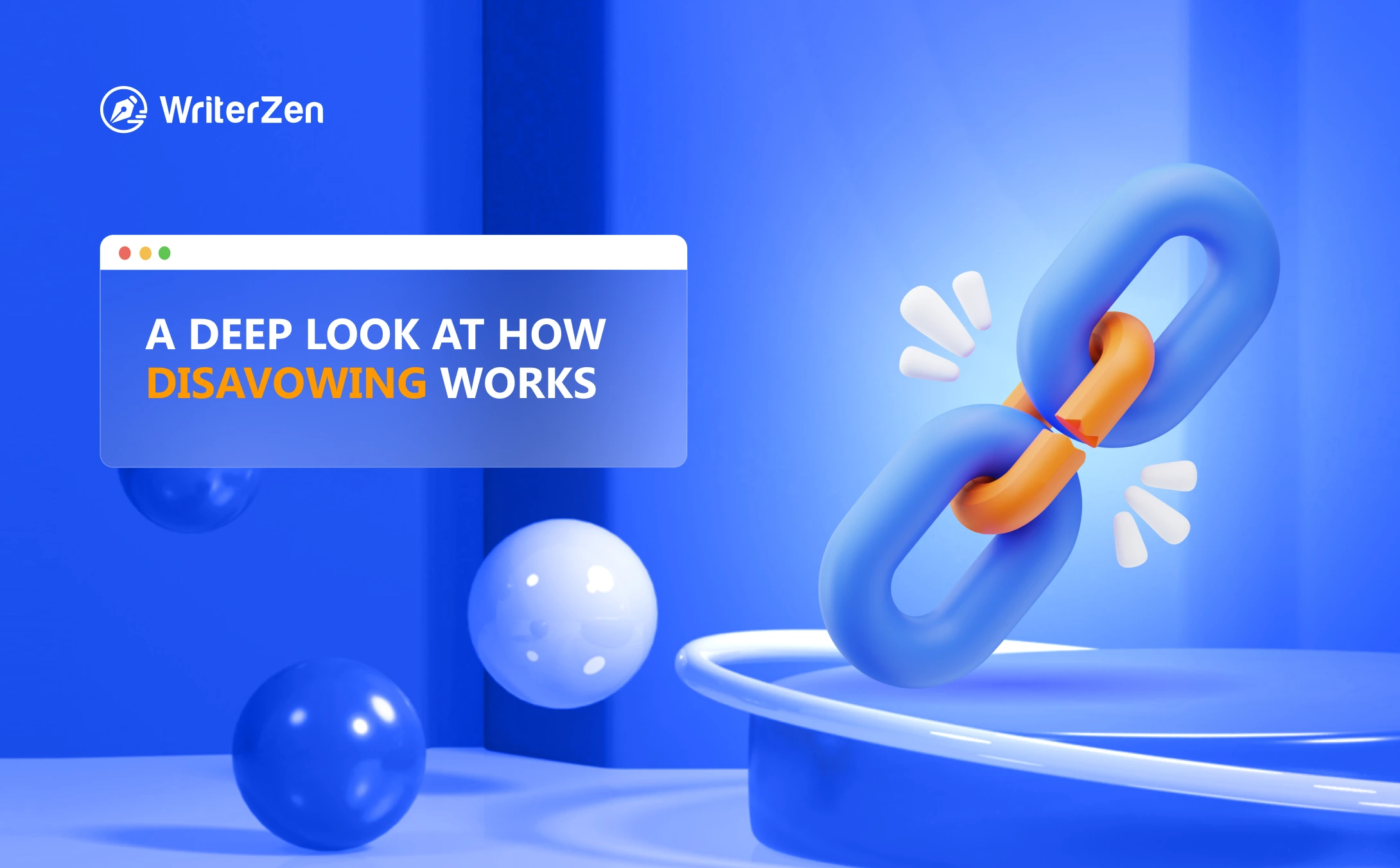In the vast digital landscape, where countless websites compete for the coveted top positions in search engine results, understanding the nuances of technical SEO (Search Engine Optimization) is paramount.
Whether you're a digital marketing novice or a seasoned pro, this comprehensive guide will shed light on technical SEO, how it profoundly impacts your website's performance, key components, and the best practices you need to know.
What Is Technical SEO?
Let's start at the beginning: Technical SEO involves optimizing your website's infrastructure and ensuring it complies with search engine guidelines. It goes beyond the content you create and the backlinks you earn—it's about the aspects that make your website function efficiently.
Technical SEO allows search engines to recognize that your website is of high quality and that users will enjoy a seamless experience. It revolves around building websites that search engines can effortlessly crawl, read, and comprehend.
To understand why this matters, consider Google's three crucial tasks: crawling, indexing, and ranking pages. Technical SEO works behind the scenes to ensure that all three steps are executed precisely.
In essence, you can only appear higher on SERPs (Search Engine Results Pages) with a solid foundation of technical SEO. Being crawled and indexed accurately is the ticket to the top, and it all starts with this fundamental optimization process.
How It Affects SEO
To truly appreciate the significance of technical SEO, you need to understand how it affects overall SEO efforts. Technical SEO serves as the backbone of your entire optimization strategy. Without a solid technical foundation, your content and off-page SEO efforts may not yield the desired results.
Here's why Technical SEO matters:
-
Website Accessibility: Search engine bots must crawl and index your site effectively. Technical SEO ensures that your site's structure is search engine-friendly, making it accessible for indexing.
-
Page Speed: In an era where instant gratification is the norm, page load speed can make or break your website's user experience. Technical SEO addresses issues that may slow down your site, improving user satisfaction and search engine rankings.
-
Mobile Responsiveness: With the increasing use of mobile devices for browsing, Search engines give preference to mobile-friendly websites. Technical SEO ensures your site is responsive and offers a seamless experience on various devices.
-
Structured Data: Search engines love structured data. By implementing it correctly, you can enhance how your website appears in search results, potentially increasing click-through rates.
-
Crawlability: Ensuring search engine bots can navigate your website efficiently is crucial. Technical SEO helps optimize your site's internal linking structure, making it easier for crawlers to discover and index your pages.
Components of Technical SEO
Now that we've looked at the importance of technical SEO, let's dissect its key components to gain a deeper understanding of what makes this field so vital for your website's success:
1. HTTP Status Codes
HTTP status codes are like the silent messengers of the internet, conveying critical information about your web pages to both users and search engines. These codes come in various flavors, but the most notable ones include:
-
200 (OK): The golden code that means the page has loaded successfully.
-
301 (Moved Permanently): Redirects users and search engines to a new page or URL.
-
404 (Not Found): The infamous error code, signaling that the requested page doesn't exist.
-
502 (Bad Gateway): This indicates a server issue affecting your website's accessibility.
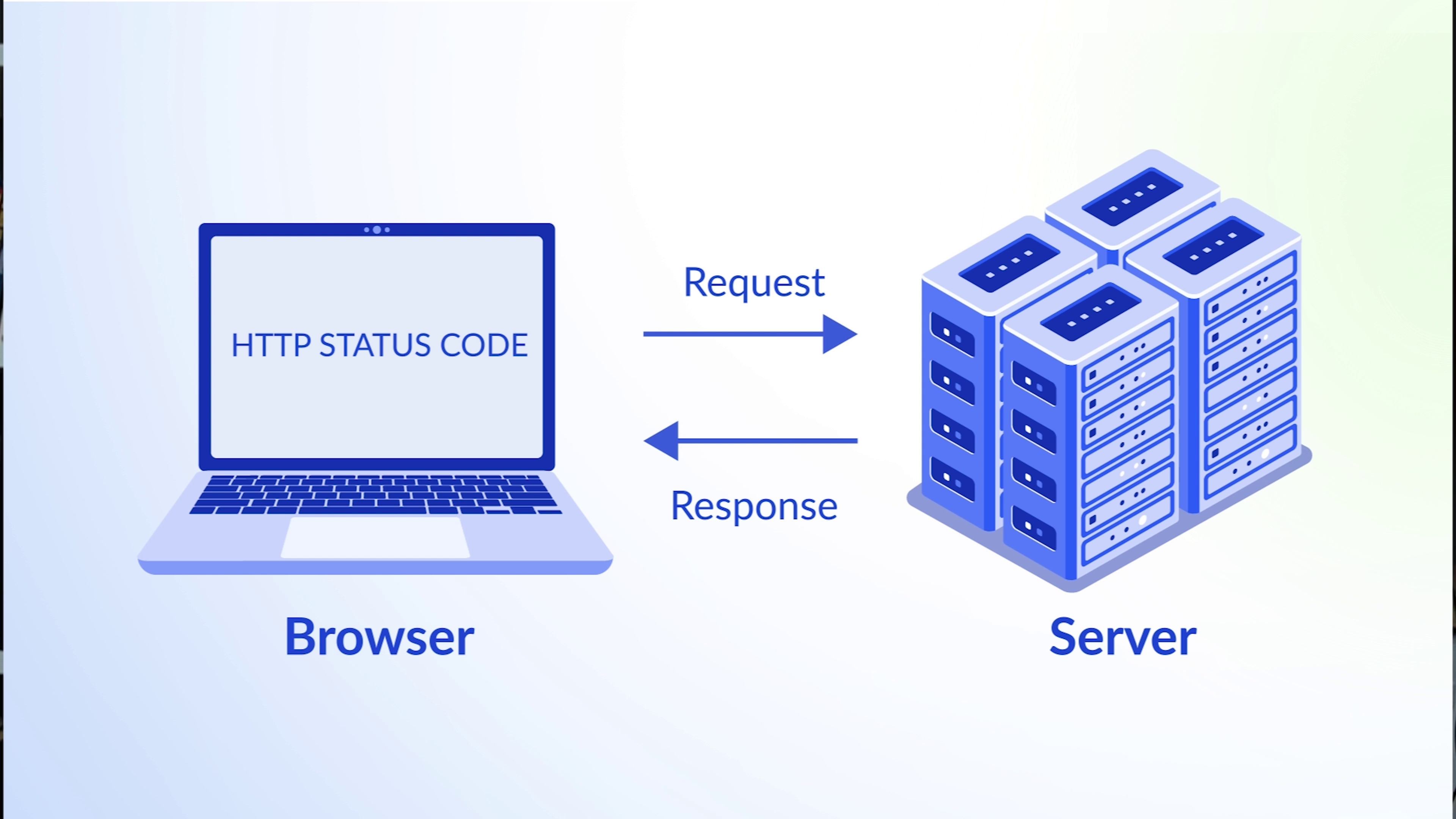
Understanding and managing these status codes ensures a smoother user experience and helps search engines index your content correctly.
2. Indexation
Indexation is how search engines like Google add your web pages to their massive databases. However, only some pages on your site should be indexed. Here are some guidelines for indexation on your site:
-
Noindex Tags: Using noindex tags to instruct search engines not to index specific pages.
-
Robots.txt: Employing the robots.txt file to control which parts of your site are off-limits to crawlers.
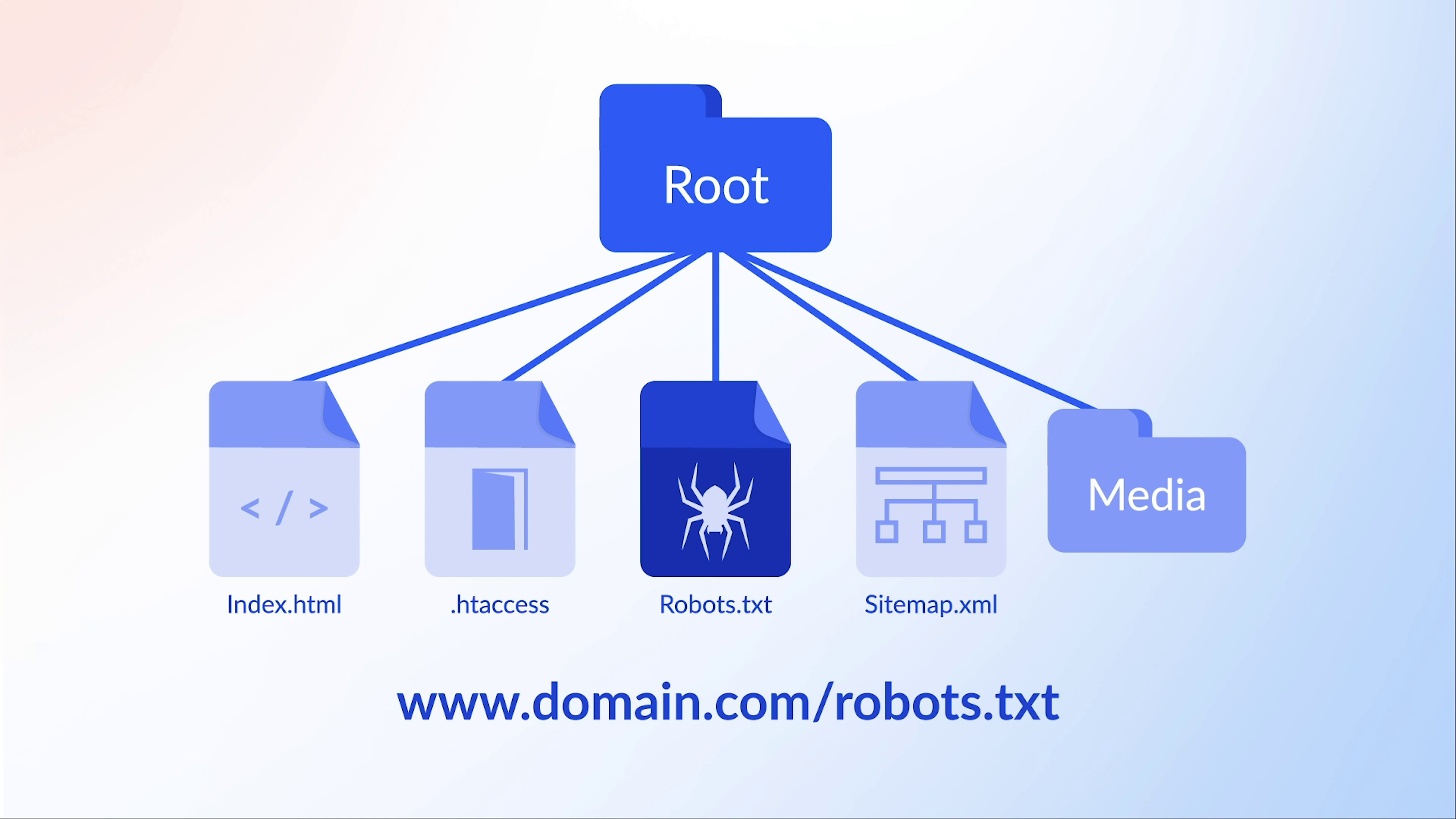
-
Meta Robots Tags: Adding meta robots tags to individual pages to fine-tune indexation instructions.
Strategic indexation ensures that only your most valuable and relevant pages appear on SERPs when users search for specific content.
3. XML Sitemaps
XML sitemaps act as a roadmap for search engines, guiding them to all the essential pages on your website. A well-structured XML sitemap will do the following:
-
Facilitate Crawling: Helps search engine bots discover and crawl your pages efficiently.
-
Assist Indexation: Ensures all your important pages are indexed.
-
Support Priority and Frequency: This lets you prioritize pages and specify how often search engines should crawl those pages.
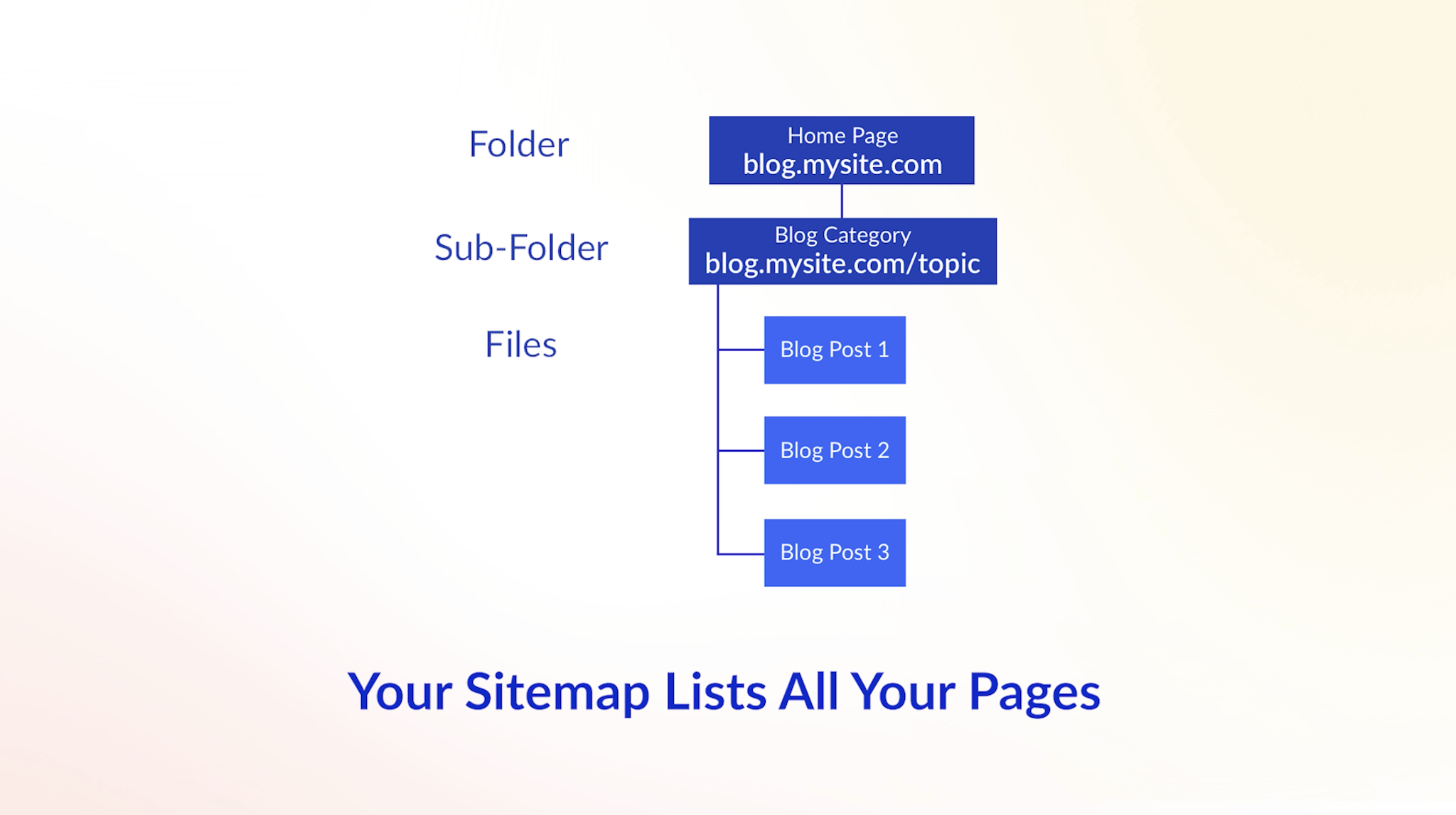
Creating and regularly updating your XML sitemap is a fundamental aspect of Technical SEO.
4. Page Speed
In today's fast-paced digital world, page speed matters more than ever. Users expect websites to load in the blink of an eye, and search engines consider it a crucial ranking factor. Technical SEO addresses page speed through:
-
Image Optimization: Compressing images to reduce their size without compromising quality.
-
Code Minification: Minimizing code to decrease load times.
-
Caching: Utilizing browser caching and Content Delivery Networks (CDNs) to speed up content delivery.
-
Server Response Time: Improving server performance to reduce delays.
A fast-loading website not only pleases users but also boosts your search engine rankings.
5. Canonical Tags
Duplicate content can confuse search engines and harm your rankings. Canonical tags are your solution. They tell search engines which version of a page is the preferred one when similar content exists. The use of canonical tags helps in:
-
Avoiding Duplicate Content Penalties: Prevents search engines from penalizing your site for duplicate content.
-
Consolidating SEO Signals: Ensures that SEO authority and ranking signals are concentrated on the right page.
Canonical tags are a vital tool in maintaining the integrity of your website's content.
6. Keyword Usage and Presence
Keywords are the building blocks of SEO. Technical SEO doesn't stop at optimizing your website's structure; it also involves strategic keyword placement and its presence on your pages. When working on keywords, you should include:
-
Keyword Research: Identifying the right keywords to target.
-
On-Page Optimization: Incorporating keywords in titles, headers, and content.
-
Keyword Density: Balancing keyword usage to avoid over-optimization.
Striking the right balance with keywords enhances your content's relevance and visibility in search results.
7. Page URLs
Your page URLs play a significant role in SEO and user experience. Technical SEO pays attention to:
-
URL Structure: Creating clean, descriptive, and user-friendly URLs.
-
URL Redirects: Properly managing URL redirects, especially during site restructuring.
-
URL Parameters: Handling URL parameters to avoid duplicate content issues.
Optimizing page URLs ensures clarity and helps users and search engines navigate your site seamlessly.
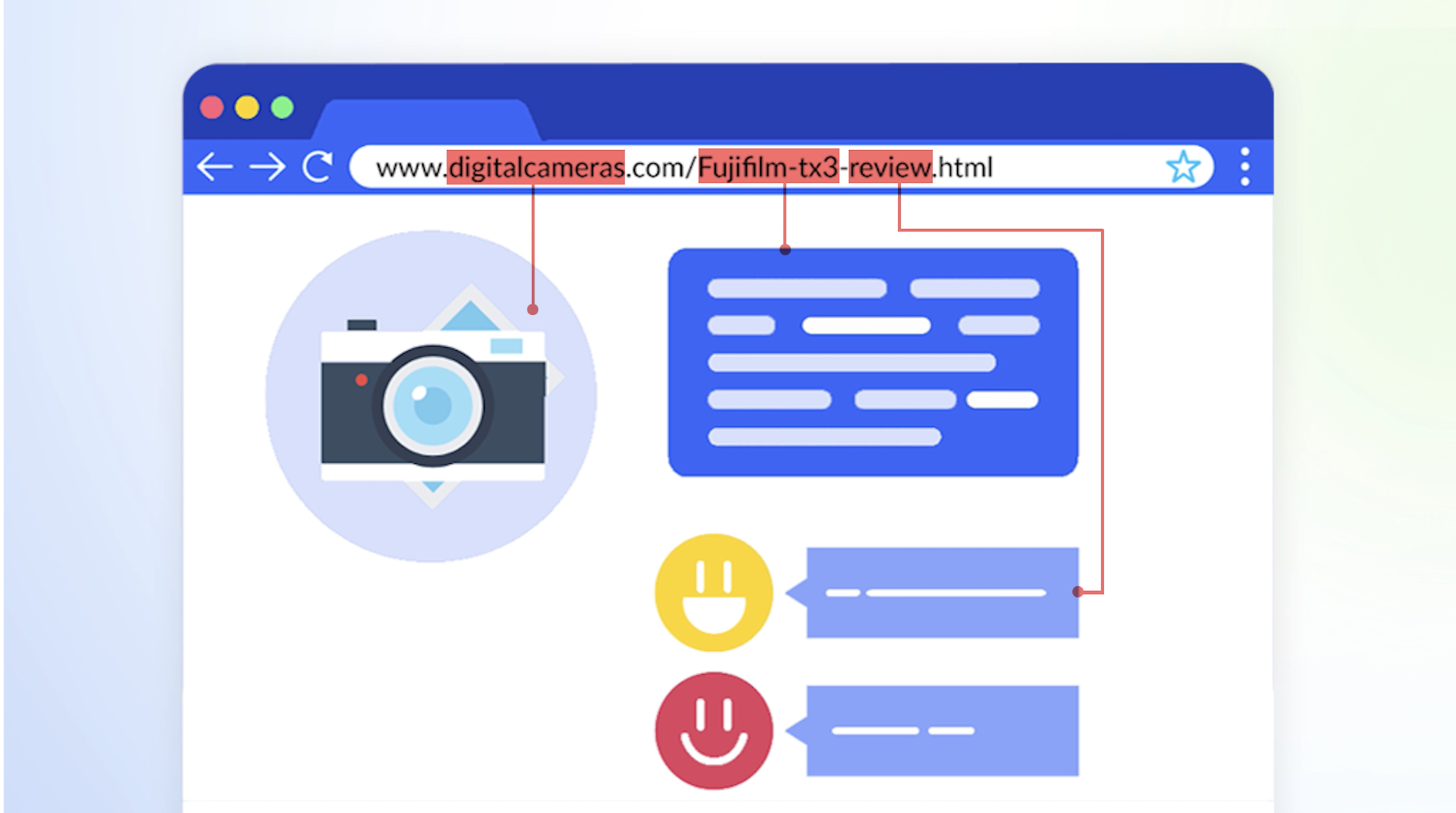
8. Mobile Optimization
With the prevalence of mobile devices, mobile optimization is no longer optional; it's imperative. Your approach needs to emphasize the following:
-
Responsive Design: Ensuring your website adapts seamlessly to various screen sizes.
-
Mobile-Friendly Content: Optimizing content and images for mobile consumption.
-
Accelerated Mobile Pages (AMP): Implementing AMP to deliver lightning-fast mobile experiences.
By prioritizing mobile optimization, you guarantee that your website caters to the growing mobile audience and aligns with search engine preferences.
9. Technical On-Page SEO
While technical SEO primarily deals with behind-the-scenes optimizations, it also extends its reach to the visible aspects of your web pages. Technical On-Page SEO involves fine-tuning the following elements to ensure they align with search engine best practices:
-
Title Tags: Crafting compelling and keyword-rich title tags for each page.
-
Meta Descriptions: Writing concise and engaging meta descriptions that entice users to click.
-
Header Tags: By structuring your content with header tags (H1, H2, etc.), you improve readability and signal content hierarchy to search engines.
-
Keyword Optimization: Carefully place keywords throughout your content for relevance without keyword stuffing.
-
Content Quality: Ensuring that your content is valuable, informative, and meets the needs of your target audience.
-
Image Alt Text: Adding descriptive alt text to images for accessibility and SEO benefits.
-
Internal Linking: Strategically interlinking related content within your website to improve navigation and distribute SEO authority.
These are the foundational components of technical SEO. Each plays a unique role in enhancing your website's performance, search engine visibility, and overall user experience. Mastering these elements is essential for any digital marketer looking to make their mark in the competitive online landscape.
Best Practices
Following these best practices will propel your website to new heights. Not only will they elevate your website's ranking in search engine results, placing it prominently where your target audience can easily find it, but they will also enhance the overall user experience.
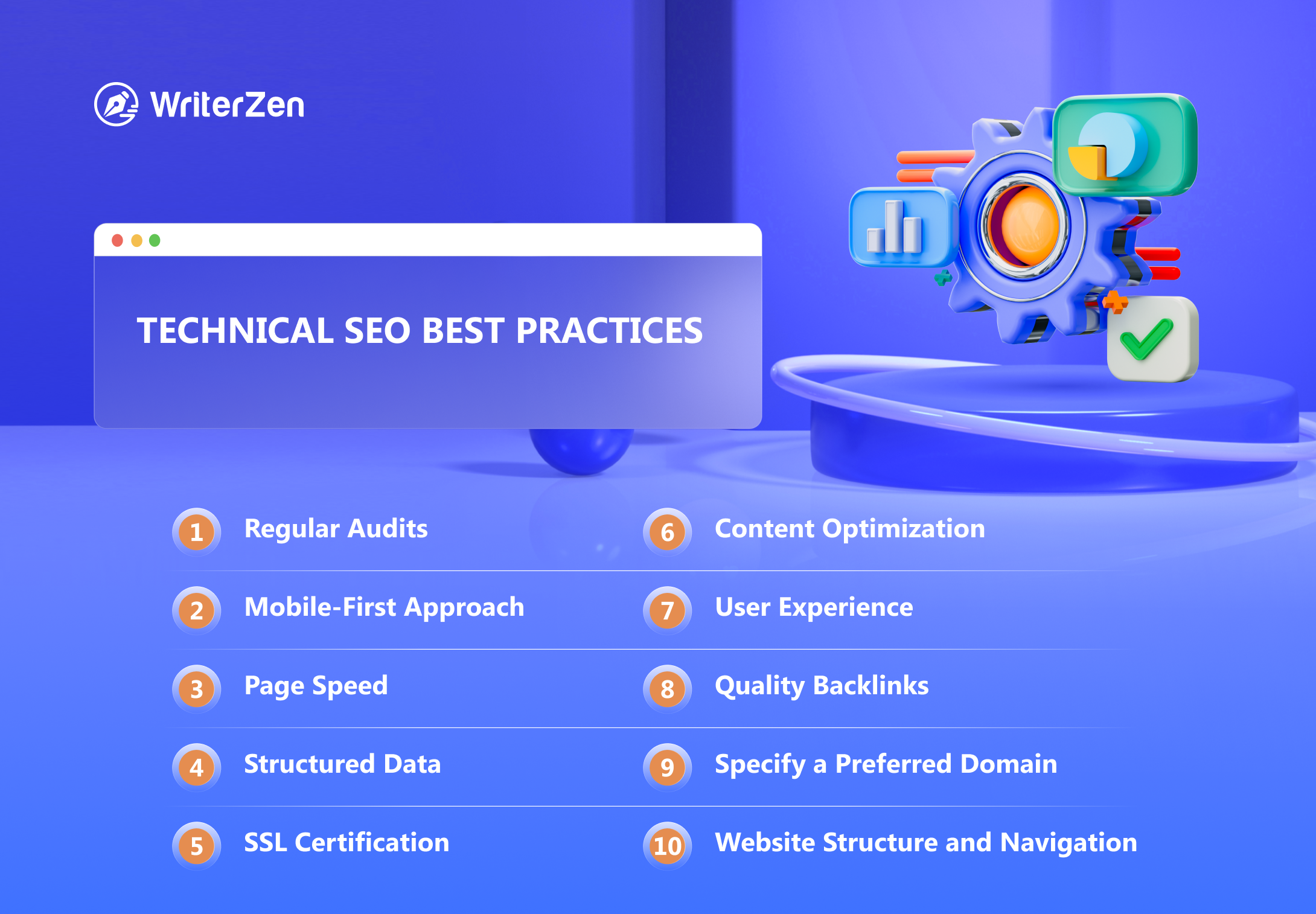
-
Regular Audits: Conduct routine audits to identify and resolve issues promptly.
-
Mobile-First Approach: Prioritize mobile optimization for improved rankings.
-
Page Speed: Continuously monitor and improve your website's page speed.
-
Structured Data: Implement structured data to enhance your search engine listings.
-
SSL Certification: Secure your site with HTTPS to build trust and safeguard user data.
-
Content Optimization: Ensure your content aligns with SEO best practices while providing value to users.
-
User Experience: Prioritize user experience by optimizing for usability and accessibility.
-
Quality Backlinks: Acquire high-quality backlinks from reputable sources to boost your site's authority.
-
Specify a Preferred Domain: Prevent duplicate content issues and ensure search engines see your website as a unified entity.
-
Website Structure and Navigation: Users will find it easier to discover and engage with your content, while search engines will crawl and index your site more effectively.
Improved search engine rankings will make your website more visible, attracting more potential users and customers. As you climb the search engine ladder, your website will be perceived as an authoritative source in your niche, fostering trust and credibility.
Final Thoughts
Technical SEO is not just an option; it's necessary. Ignoring it can result in missed opportunities and decreased visibility. By understanding the fundamental concepts and best practices outlined in this guide, you're well on your way to mastering the art of technical SEO.
Remember, SEO is an ongoing process, and staying updated with industry trends is key to maintaining and improving your website's performance in the long run.


